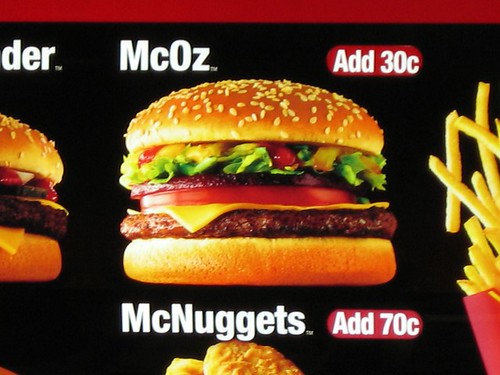Unfortunately, whisky distilling is a long term game. Whisky can't be called whisky under the rules of the Scotch Whisky Association until it has been aged for 3 years in a barrel, and obviously more if one wants a decent product. The time taken from distillation to sales is therefore fraught with financial risk. One needs to cover the operating costs of the distillery for 3 to 15 years before one has sales to generate cash flow. Whisky distilleries therefore offset their costs in the following ways:
1. Cask sales to independent bottlers.
The distillery can sell off casks of their distillate before they mature fully to independent bottlers (IBs). The IBs then take some of the risk on each cask (even single malt whiskies are vatted from several casks in order to maintain consistent quality), and therefore would only be prepared to pay a low price.
2. Diversify their product range.
Other spirits, like vodka and brandy, have shorter maturation times. A whisky distiller could divert capital into setting up a vodka sales operation, say, or make liqueurs using ready distilled spirits, building up a brand in the process, and cross-subsidising the distillery and its costs. This runs the risk of diverting consumer attention away from the whisky product however.
3. Sell futures.
Some distilleries already offer this. One buys futures on a cask of whisky, essentially buying the cask forward, to be bottled either at a date of one's choice or at the discretion of the distillery manager. All very well and good for the whisky connoisseur, but what would he do if he changed his mind. Nope he can't sell it - this sort of product is non-tradeable.
Would it therefore be possible to set up a tradeable market in whisky futures? Futures markets depend on several factors: standardised contracts, liquidity and few restrictions on price discovery (usually no restrictions on short sales) are the more important ones. Taking these 3 pre-requisites as necessary and sufficient conditions it's easy to see that the third helps create the second, and the first is a tough one to meet.
Because each distillery's output is different, there is no easy way of categorising whiskies neatly enough such that standardised contracts can be created with sufficient liquidity. There would certainly be insufficient liquidity to trade outputs of individual distilleries. Larger groupings along geographical lines might work, but would be difficult to categorise because the concept of terroir doesn't apply to whisky. A contract for a case of Islay whisky to be delivered in 10 years time would be confusing - which Islay did you want? Ardbeg, Laphroaig or Bunnahabhain? Peated or unpeated? Still, this might work - after all, government bond futures settle using the "cheapest to deliver" bond, and perhaps something similar could be created.
Now for some Fermi estimation. What's the size of a whisky futures market?
- The size of a whisky futures market could be supported by potentially up to 200m litres of production a year. Most annual whisky production would go into blends, but 200m litres of single malt distilled and sold is a reachable target within the next decade, if one believes the China and India story.
- If one assumes average open interest of 10 times contracts held to delivery, then there could be contracts with value of up to 2 billion litres traded a year (not including possible futures for blends and grain whisky...).
- Say average price is 100 sterling a cask (a guesstimated figure), then the market is worth 200 billion pounds sterling, or $400bn. Definitely a market that could achieve reasonably good liquidity!
















